-

The big cat made headlines again with the news that the global tiger population had gone up by 22%. In 2010, their population was roughly 3,200, which now stands at 3,890. But what about other animals that hide in tall trees, run freely in misty mountains, reach the deep depths of the ocean and soar high in the sky? As trees get chopped, mountains get invaded by humans and the ocean gets polluted, some of the planet’s prominent animal species are facing extinction. They are traded, tamed, captured and killed for meaningless purposes. Here are 10 species, apart from the tiger, that are on the brink of extinction today.
-
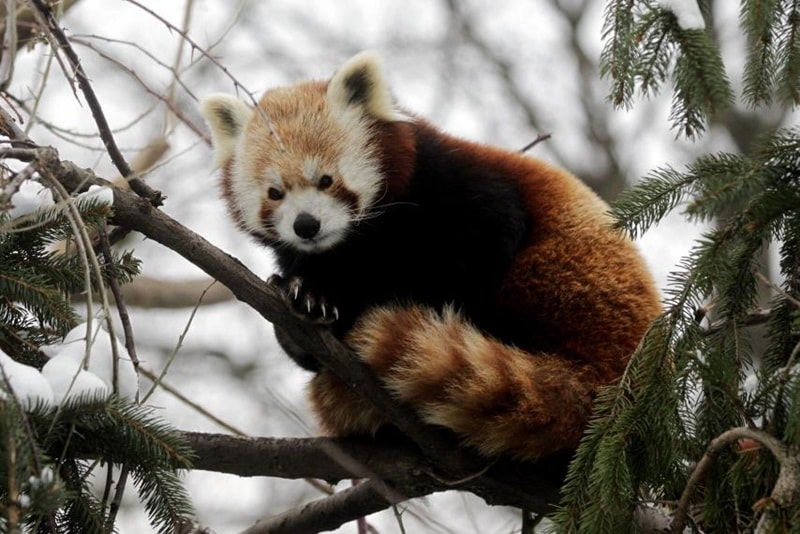
1. Red panda (Ailurus fulgens)<br>Current status: Endangered</br> <br>Despite similar names, the giant black-and-white pandas and red pandas are unrelated mammals. The red panda is found in the eastern Himalayan region and hilly areas of Bhutan, China, India, Myanmar and Nepal, and is slightly larger than the domestic cat. Its distinct red, ringed and bushy tail is not only beautiful, but also comes in handy during harsh winter conditions when the animal wraps itself in it. An excellent tree climber—it often spends most of its life on trees—the red panda feeds on bamboo, but also occasionally hunts fish and insects.Its name and colour make the red panda a distinct creature, but these features also attract poachers. In some instances, it has been captured and sold to zoos as well. It is also hunted for its fur, used to make hats, in some regions of China and Myanmar.</br>
-
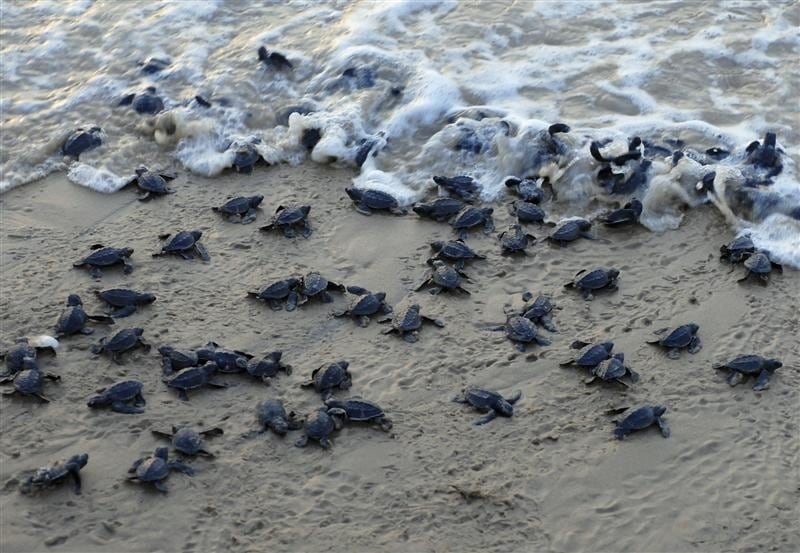
2. Hawksbill turtle (Eretmochelys imbricata)<br>Current status: Critically endangered</br> <br>This magnificent creature is found in the tropical waters of the Atlantic, Pacific and Indian oceans. It is easily recognisable by its narrow, pointed beak, used to extract and feed on sponges in coral reefs. Another striking feature is the overlapping scale pattern on its shell. Unfortunately, it is this very feature that also makes it a target of poachers.Like many sea turtles, it is in the critically endangered category mostly because of human activities. It gets caught in fishing hooks and is also hunted for its valuable shell, or carapace, which is sold in the black market—this is called ‘tortoiseshell trade’. As per the National Geographic website, “Hawksbill eggs are still eaten around the world despite the turtle’s international protected status, and they are often killed for their flesh and their stunning shells.” <br>
-
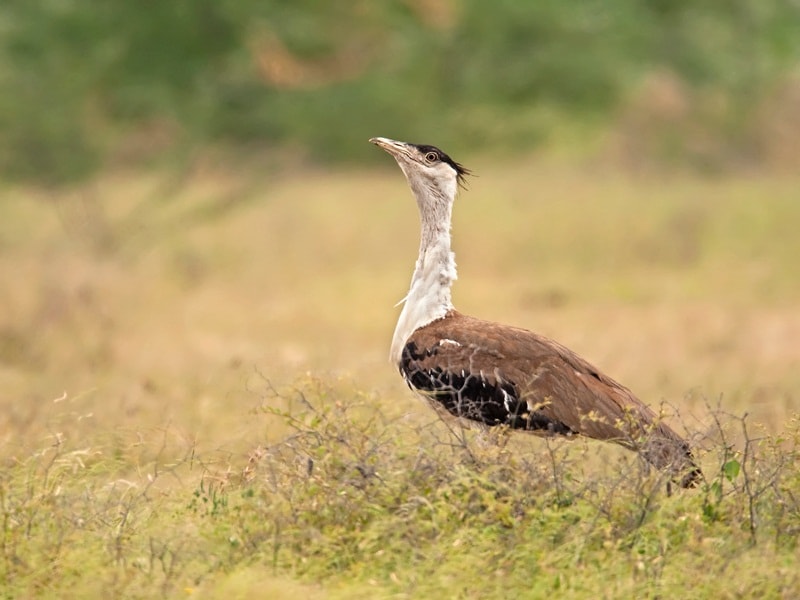
3. Great Indian bustard (Ardeotis nigriceps)<br> Current status: Critically endangered</br> <br>One of the world’s biggest flying birds, it can be easily spotted because of the black crown on its forehead and the contrasting pale neck and head. With a wingspan of 210-250 cm, the Indian bustard can weigh up to 15-18 kg and is primarily found in India and neighbouring Pakistan. The India website of the WWF calls the bustard an ‘opportunist eater’, as it feeds on anything it can find. Rapid deforestation is a big threat, as the bustard is usually found in open landscapes and grasslands. Another issue is illegal hunting. In fact, unabated poaching still continues in Pakistan, where its population is already declining. Agricultural expansion, mechanised farming and mining are also leading to habitat loss for these creatures.</br>
-
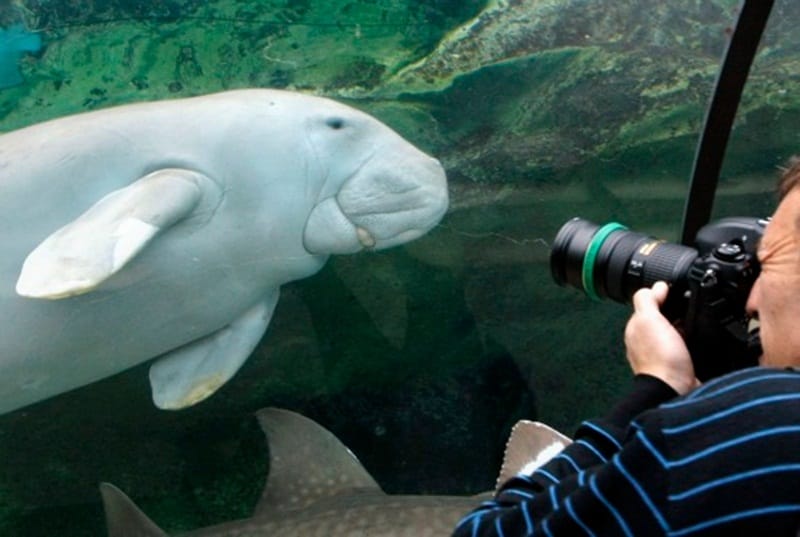
4. Dugong (Dugong dugon)<br>Current status: Vulnerable</br> <br>It’s hard to come across a herbivore mammal in the vast depths of the ocean that is filled with predators. The dugong, also known as the sea cow, is one such. A large marine mammal, it grazes on sea grass and can be spotted in the coastal waters of east Africa, Australia, Indian Ocean, Pacific Ocean and Red Sea. The dugong often becomes an easy target for hunters who capture it for its skin and meat. There have also been reports of dugongs getting stuck in fishing nets. While climate change is a threat, factors like illegal hunting, oil spills, improper disposal of sewage into oceans and increasing industrial activity in coastal areas pose a far bigger threat. </br>
-
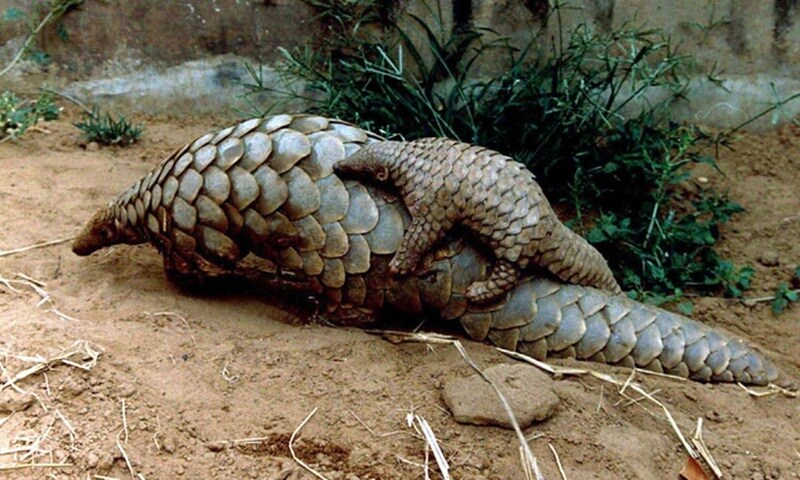
5. Pangolin (Manis crassicaudata)<br> Current status: Critically endangered</br> <br>The pangolin is primarily a nocturnal mammal known for its armour of scales. If threatened, it rolls up into a ball, exposing its scales to predators. It is insectivorous, feeding on ants and termites. There are eight species found across Asia (Indian pangolin, Philippine pangolin, Sunda pangolin, Chinese pangolin) and Africa (black-bellied pangolin, white-bellied pangolin, giant ground pangolin, Temminck’s ground pangolin). It is hunted and poached for both its meat and scales. As per traditional remedies, the pangolin’s scales have medicinal properties and can cure ailments like asthma, rheumatism and arthritis. As per reports, pangolin scales can sell in the black market for over $3,000 (around R19.8 lakh) a kg. <br>
-
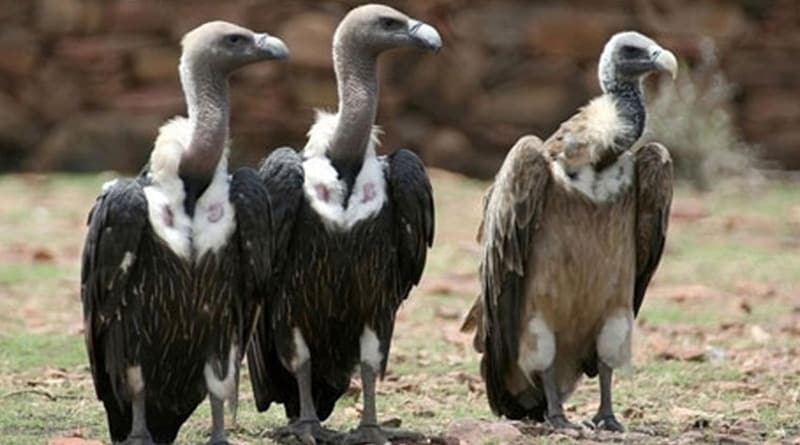
6. White-rumped vulture (Gyps bengalensis)<br>Current status: Critically endangered</br> <br>This old-world vulture is native to regions in Pakistan, India, Bangladesh, Nepal and south-east Asia. It breeds in colonies on tall trees, often near human habitation. As per the IUCN, a global environmental organisation, the white-rumped vulture was once the world’s most abundant large bird of prey. Like other vultures, it survives on carcasses—vultures are important for the ecosystem, as they feed on decaying carcasses that are often infected with diseases such as rabies, cholera and anthrax, which are dangerous for humans.The population has suffered a catastrophic decline in the past two decades. One reason is the improved management of dead livestock, which results in a lack of carcasses for vultures to feed on. But diclofenac, an anti-inflammatory veterinary drug used to treat domestic livestock, has been identified as one of the primary causes of vulture mortality.</br>
-
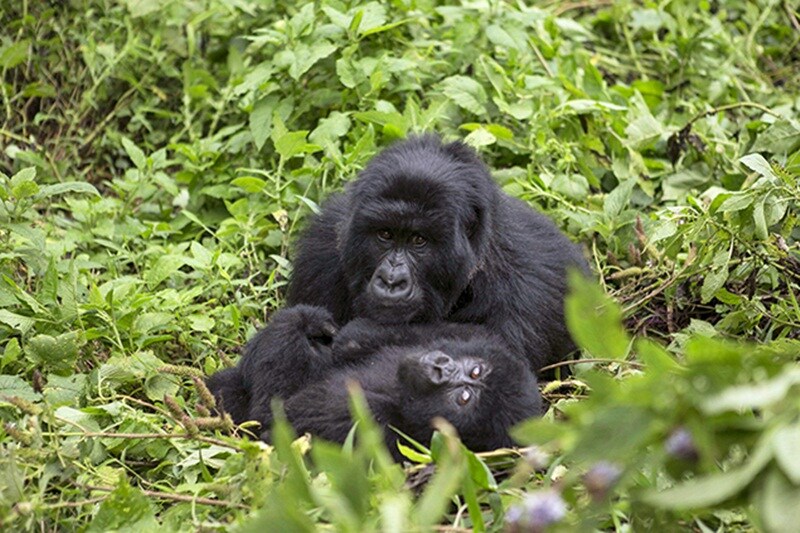
7. Mountain gorilla (Gorilla beringei beringei)<br> Current status: Critically endangered</br> <br>The mountain gorilla is one of the two sub-species of the eastern gorilla and is found in Rwanda, Uganda and eastern Congo. Sadly, there are less than 900 mountain gorillas left on the planet today. This mammoth mammal—it can grow up to 6 feet in height and can weigh more than 200 kg—inhabits forests located in high mountains, often at elevations of 8,000-13,000 feet. Highly social, the gorilla stays in cohesive groups and can even survive in freezing temperatures, thanks to its thick fur. Over the years, human population has encroached its natural habitat, driving the creature higher up the mountains, where it faces fiercer and sometimes fatal living conditions. Factors like human violence and years of war and civil unrest in Congo have also had a devastating impact on its natural habitat. <br>
-
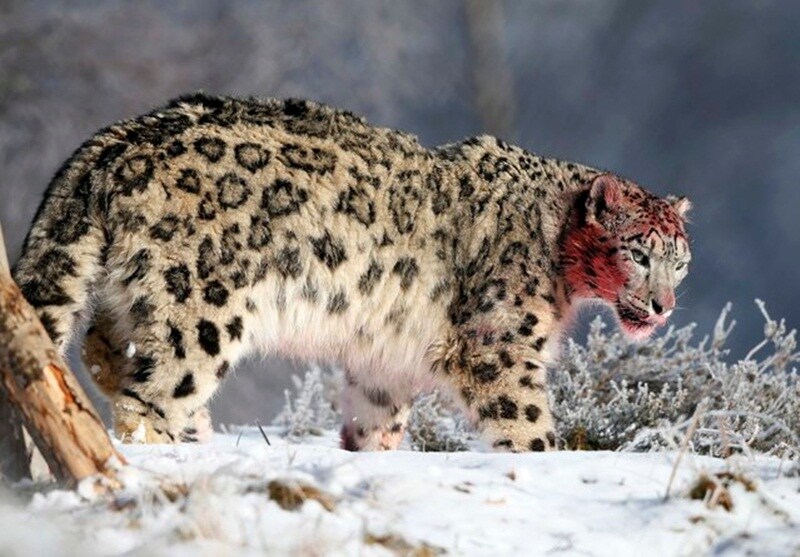
8. Snow leopard (Panthera uncia)<br>Current status: Endangered</br> <br>Native to the mountain ranges of central and south Asia, this agile large cat can leap as far as 50 feet. Its protective thick hair and fur-covered feet make it the ultimate predator in mountain areas with cold and snowy conditions. This carnivorous cat feeds on wild sheep, hares and other mammals. One of the biggest threats facing the snow leopard is climate change. In fact, as per the WWF, climate change “could result in a loss of up to 30% of the snow leopard’s habitat in the Himalayas alone.” Apart from habitat loss, it often becomes a victim of retaliatory killings and man-animal conflict, as the lack of natural prey forces it to hunt livestock and domestic animals.</br>
-
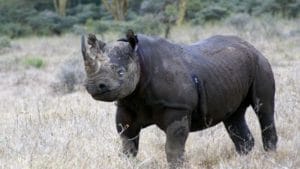
timely action to expand and connect remaining habitats could slow extinction rates and save species, say researchers.
-
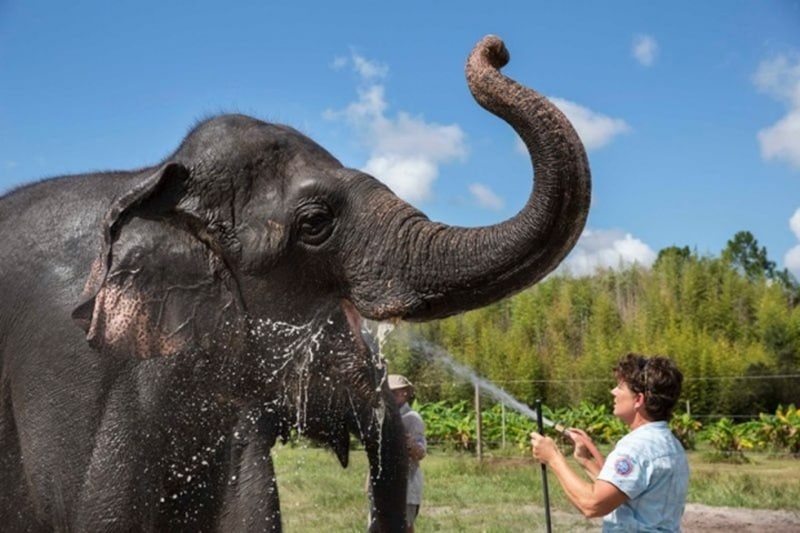
10. Asian elephant (Elephas maximus)<br> Current status: Endangered</br> <br>The Asian elephant is the largest living land animal in Asia and can be found in the forest areas of India, Bangladesh, Bhutan, Cambodia, China, Malaysia, Sri Lanka, etc. It is highly social and always moves in groups. Although the Asian elephant is smaller than the African elephant, it can still weigh up to 11,000 pounds (roughly 5,000 kg). It is poached for its ivory and meat. Ivory is used to make jewellery and other items. Also, destruction of forests means man-animal conflict and this affects the population of the Asian elephant adversely. Apart from habitat loss and illegal wildlife trade, some wild elephants are also captured and tamed for domestic use. They are often imported illegally for use in the tourism sector as well.</br>

Income Tax Return Deadline Extension 2025 LIVE: Govt extended ITR filing due date in May, yet 5.3 crore returns filed so far






